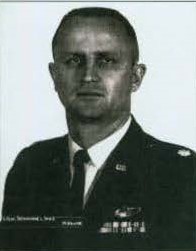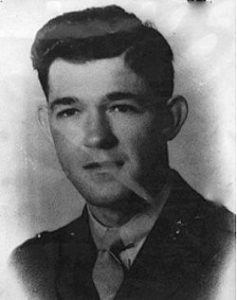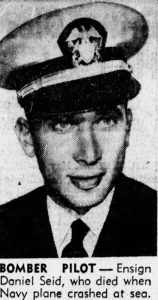Lyon, Donavan Loren
Air Force Lieutenant colonel
 Donavan Loren Lyon from Hollywood, California, Los Angeles county.
Donavan Loren Lyon from Hollywood, California, Los Angeles county.
Service era: Vietnam
Date of death: Friday, March 22, 1968
Death details:
On March 22, 1968, an F-4C Phantom II (tail number 64-0830, call sign “Phantom 82”) with two crew members took off as the second in a flight of two aircraft on a strike mission against enemy targets in Laos. As they completed their second pass over the target, the crew reported they were hit by ground fire coming from a hill south of the target. The flight leader instructed them to mark the hill with rounds from their aircraft cannon, and “Phantom 82” was then seen coming off the target and climbing. Radio contact was established at this time and no sign of difficulty was reported. The flight leader then made his pass over the target, after which he was not able to reestablish radio or visual contact with “Phantom 82.” Other aircraft on the mission searched the area for the “Phantom 82” but found no crash site, and while a rescue beeper was heard, neither of the crew members could be located. After the war, it was discovered the “Phantom 82” aircraft commander survived the incident and was captured. After return to U.S. custody, he reported the aircraft was hit by enemy anti-aircraft fire and crashed, but he was not sure if the other crew member was able to eject before the aircraft exploded.
Major Donavan Loren Lyon entered the U.S. Air Force from California and served in the 559th Tactical Fighter Squadron, 12th Tactical Fighter Wing. He was the pilot of the F-4C Phantom “Phantom 82” when it crashed, and was the crew member lost along with the aircraft. Attempts to locate his remains have been unsuccessful. Following the incident, the Air Force promoted Maj Lyon to the rank of Lieutenant Colonel (Lt Col). Today, Lieutenant Colonel Lyon is Memorialized on the Courts of the Missing at the National Memorial Cemetery of the Pacific.
Source: National Archives, Defense POW/MIA Accounting Agency


